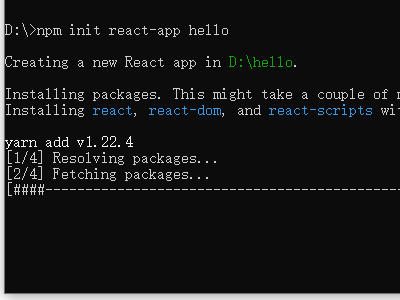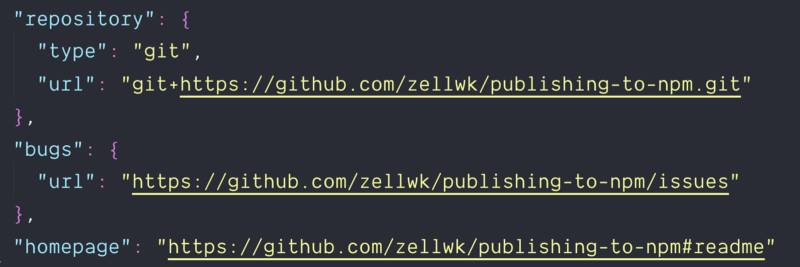


If you need to create a package hook, you simply need to reference the package name. There are three types of entities that can be watched by hooks, namely: packages, owners, and scopes. Hooks enable you to configure URL endpoints that will be notified whenever a change happens to any of the supported entity types. This command will enable you to manage npm hooks, including the adding, removing, listing and updating of hooks. To update an existing hooks' url, run: $ npm hook update id-deadbeef įinally, to remove a hook, you need to run: $ npm hook rm id-deadbeef To list all the hooks for the browserify package, for example you will need to run: $ npm hook ls browserify If, you want to watch packages that are in the scope, you should run: To add a hook that watches packages that belongs to the user subtask, you should the following command: $ npm hook add ~substack my-shared-secret If you need to add a hook that watches a package for changes, run following command: $ npm hook add lodash my-shared-secret The npm-hook command is used to manage registry hooks.

In this tutorial we will examine how npm-hook and npm-init work. In the previous tutorial we looked at explore, help and help-search cli options. package-locks An explanation of npm lockfiles.



 0 kommentar(er)
0 kommentar(er)
